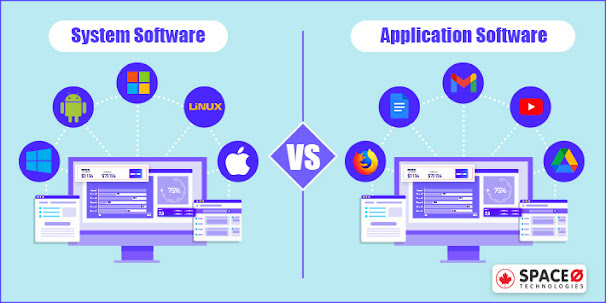Computer
Software: System Software and Application Software
There are two categories of computer software:
system software and application software. System software serves as the
interface between a user and the computer's hardware. An example of system
software would be an operating system such as Microsoft Windows. Application
software consists of programs designed to perform specific tasks. An example of
application software would be a spreadsheet program, such as Microsoft Excel.
A 3.5-inch floppy disk is computer hardware, but
the programs stored on it are computer software. Although there are two types
of software, system software and application software are designed to work
hand-in-glove; that is, application software packages are designed to work with
specific kinds of system software. By telling the computer how to perform
common functions, the operating system frees application software to
concentrate on producing information. Popular operating systems include
Windows, the Mac OS, OS/2, UNIX, Linux, DOS, and NetWare. Operating systems
that have a graphical user interface (GUI) often are called user-friendly.
Studies have found that GUI users generally complete tasks more accurately,
work faster, are more productive, and feel less fatigue.
To understand the relationship between application software and
system software, draw four concentric circles. Label the innermost circle CPU,
the next operating system, the next application software, and the last user.
The resultant diagram illustrates how the operating system helps to insulate
the user and application program from computer hardware.



comment here please